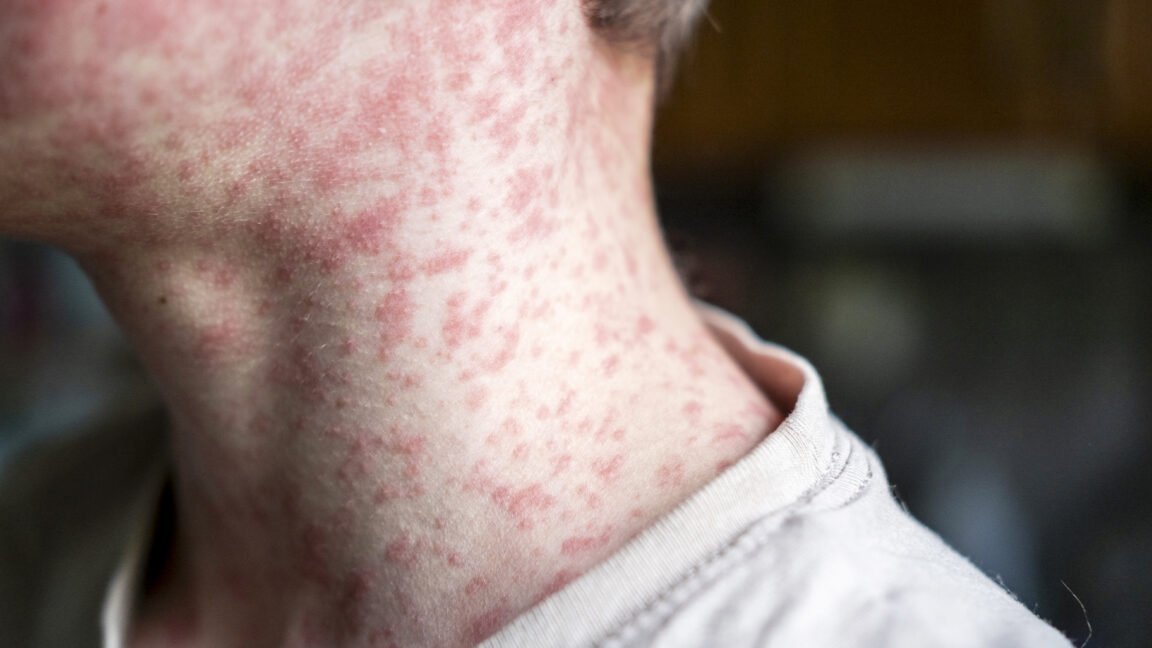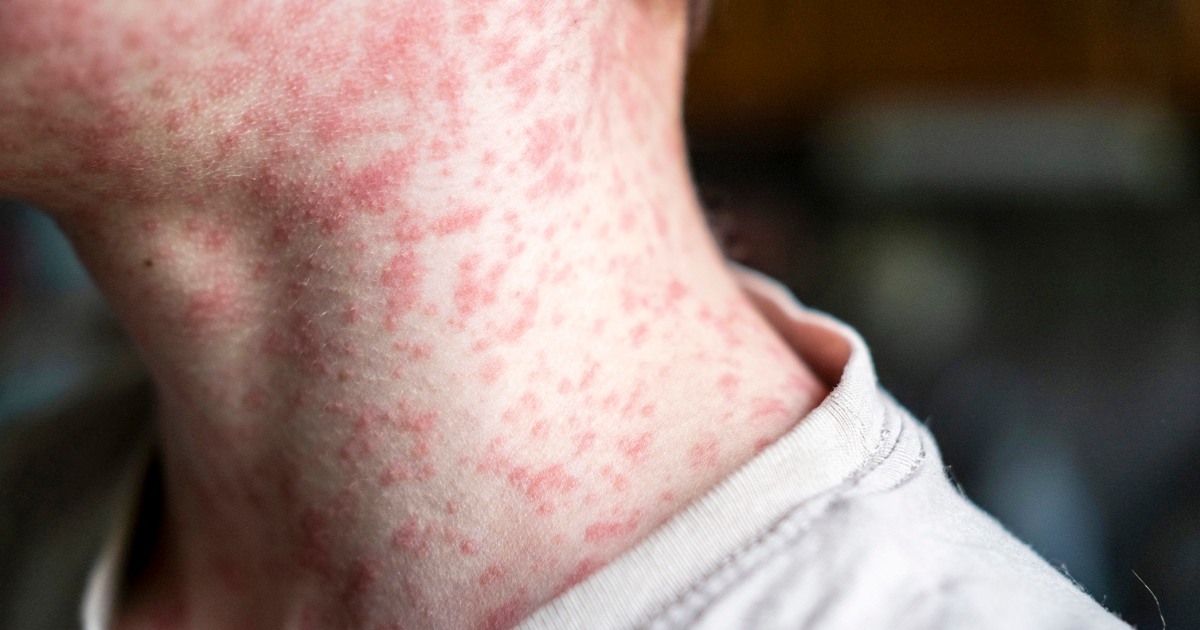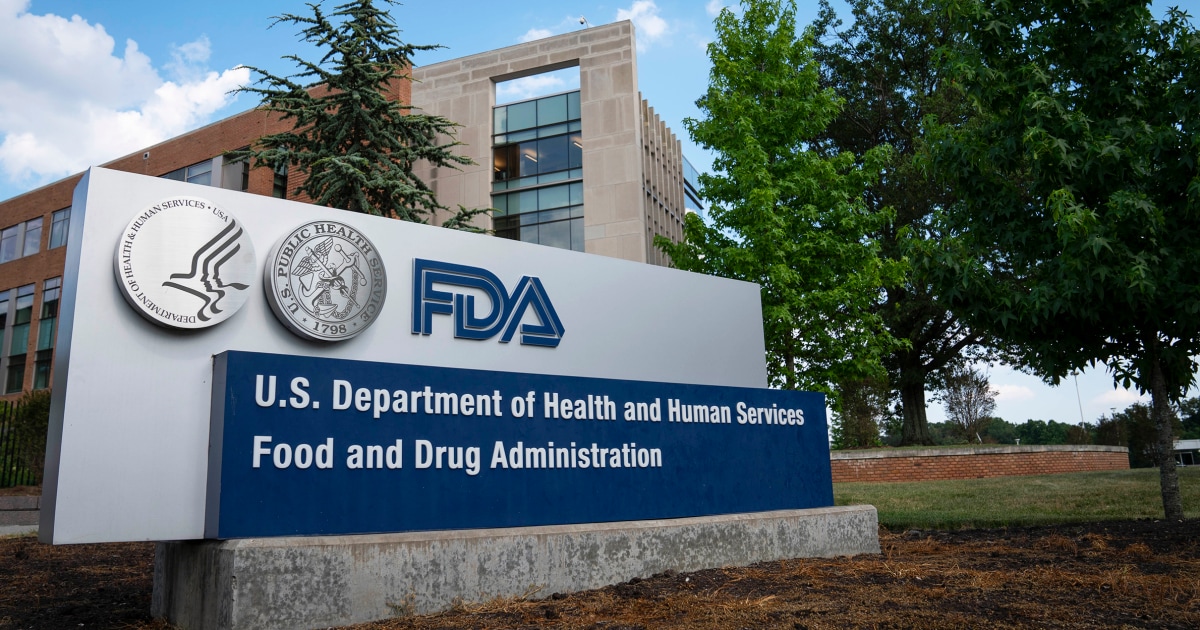CDC Layoff Reversals Provide Partial Relief Amid Ongoing Staffing Challenges

CDC Layoff Reversals Offer Partial Relief
The Centers for Disease Control and Prevention (CDC) recently reversed layoffs for over half of the approximately 1,300 employees initially notified of termination. This sudden reinstatement reflects a broader pattern seen in federal health agencies, where abrupt cuts sparked significant backlash and rapid policy reassessments. Despite this partial reversal, the disruption has left a lasting impact on the workforce and agency morale.
Biodefense and Mental Health Staff Still Affected
Notably, workers specializing in biodefense preparedness and mental health did not benefit from the rescinded layoffs. These critical roles, essential for national security and public health, remain vacant, raising concerns about the agency’s capacity to respond to emerging biological threats and mental health crises. The loss of these specialized staff could hinder the CDC’s readiness and undermine public trust in its protective functions.
Looking Ahead
The CDC faces ongoing challenges balancing budget constraints with mission-critical staffing needs. Ensuring stability for specialized teams will be vital in maintaining effective biodefense measures and mental health support as public health demands evolve in the coming years.
About the Organizations Mentioned
Centers for Disease Control and Prevention
The Centers for Disease Control and Prevention (CDC) is a premier U.S. public health agency established on July 1, 1946, originally as the Communicable Disease Center. It evolved from the wartime Malaria Control in War Areas program (MCWA) created during World War II to combat malaria around military bases in the southern United States[1][3][7]. Headquartered in Atlanta, Georgia, the CDC has grown from a regional malaria control unit to a comprehensive national and global health protection agency. The CDC’s mission is to protect public health and safety through disease control and prevention, health promotion, and emergency preparedness. It investigates and responds to emerging health threats such as infectious diseases—including COVID-19, influenza, and bioterrorism agents—as well as chronic diseases, injuries, workplace hazards, environmental health threats, and more[2][6]. The agency conducts scientific research via over 200 specialized laboratories nationwide, supports public health workforce development, and communicates critical health information to the public[6][5]. Throughout its history, the CDC has expanded its scope and structure significantly. It was renamed the Center for Disease Control in 1970, then the Centers for Disease Control in 1980 as it incorporated multiple centers, and finally adopted the current name, Centers for Disease Control and Prevention, in 1992 to emphasize prevention efforts while retaining the CDC acronym for recognition[2][8]. Its organizational breadth now includes centers focused on infectious diseases, chronic diseases, environmental health, injury prevention, occupational safety, and health statistics. Notable achievements include leading vaccination campaigns against diseases like measles and rubella, advancing injury prevention, and mounting global efforts against infectious outbreaks. The CDC also played a pivotal role in combating antibiotic misuse and bioterrorism preparedness. Despite past controversies like the Tuskegee syphilis study, the agency remains a leader in epidemiology and public health innovation, employing a multidisciplinary workforce of scientists, clinicians, and public health experts dedicated t








